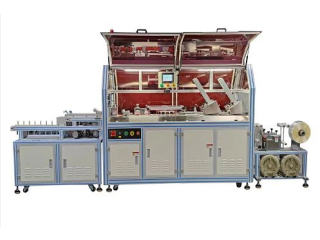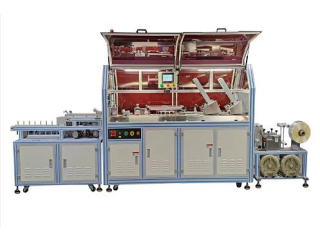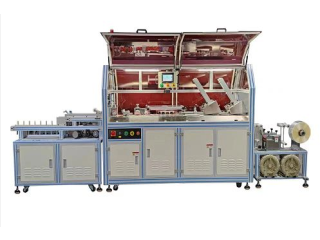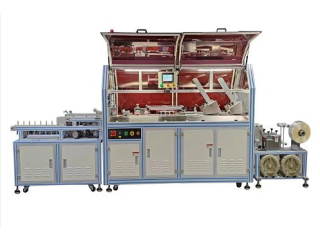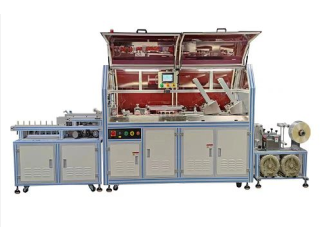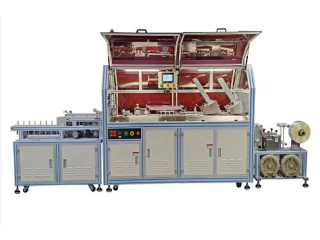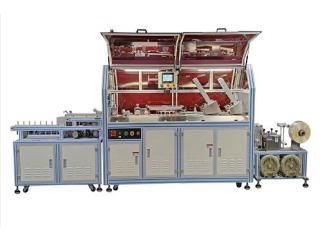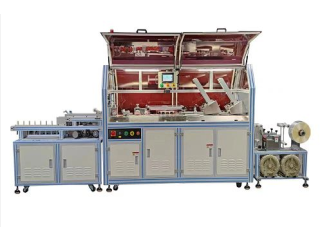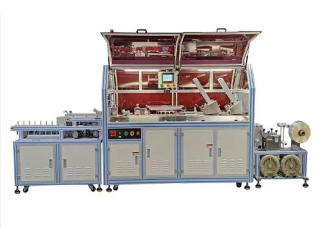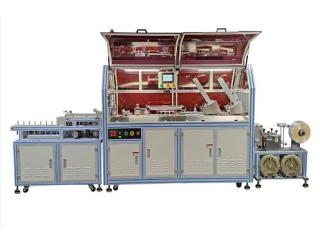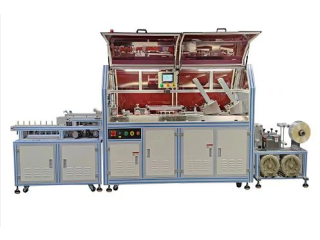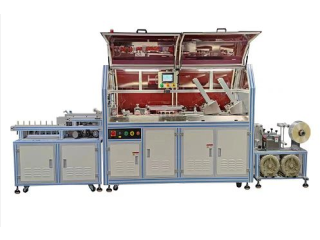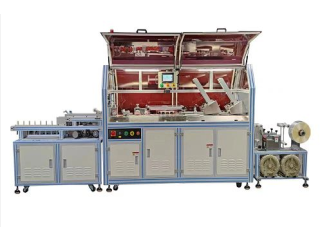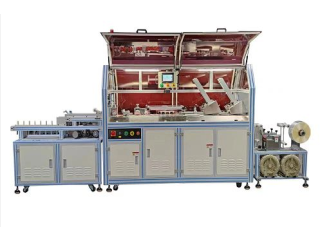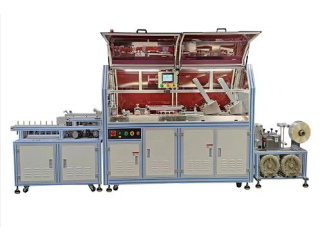Chennamachinery
Nov 7th, 2022 at 07:18 Automobiles Battagram 227 viewsIn a piston engine, a piston rod joins a piston to the crosshead and thus to the connecting rod that drives the crankshaft or (for steam locomotives) the driving wheels. Internal combustion engines, and in particular all current automobile engines, do not generally have piston rods. Instead they use trunk pistons, where the piston and crosshead are combined and so do not need a rod between them. The term piston rod has been used as a synonym for 'connecting rod' in the context of these engines. Engines with crossheads have piston rods. These include most steam locomotives and some large marine diesel engines. Piston rods are usually attached to the crosshead and the piston by a transverse slot and a tapered key or gib. Driving this key sideways tightens the attachment. Using a transverse key allows relatively easy dismantling for maintenance. Some smaller pistons are retained by a threaded piston rod and a large nut, although the crosshead nearly always uses a key. As the precise length of the piston rod is important for timing the engine's valvegear, the attachment tightens the piston down onto a fixed step or location in the piston rod and the length (and valve timing) is not adjustable. This length requires the precision of the manufactured rod but, unlike the rod driving the valves, does not need to be adjusted even more precisely by a fitter during the engine's erection.
The stainless steel piston rod is processed by rolling, because the surface layer has residual compressive stress on the surface, which helps to seal the tiny cracks on the surface and hinders the expansion of erosion. Therefore, the corrosion resistance of the surface can be improved, and the generation or expansion of fatigue cracks can be delayed, thereby improving the fatigue strength of the cylinder rod. Through roll forming, a cold work hardening layer is formed on the rolling surface, which reduces the elastic and plastic deformation of the contact surface of the grinding pair, thereby improving the wear resistance of the surface of the cylinder rod and avoiding burns caused by grinding. After rolling, the reduction of surface roughness value can improve the fit properties. At the same time, the friction damage to the seal ring or the seal when the cylinder rod and piston moves is reduced, and the overall service life of the oil cylinder is improved. The rolling process is a high-efficiency and high-quality process measure, and the brand-cut rolling head (45 steel seamless steel pipe) is an example to prove the rolling effect. After rolling, the surface roughness of the cylinder rod is reduced from Ra3.2~6.3um to Ra0.4~0.8um before rolling, the surface hardness of the cylinder rod is increased by about 30%, and the surface fatigue strength of the cylinder rod is increased by 25%. The service life of the oil cylinder is increased by 2 to 3 times, and the rolling process is about 15 times more efficient than the grinding process. The above data shows that the rolling process is efficient and can greatly improve the surface quality of the cylinder rod. Stainless steel piston rods are mainly used for piston rods for hydraulic pneumatics, engineering machinery, automobile manufacturing, roller shafts for packaging machinery, printing machinery, textile machinery, shafts for conveying machinery, and linear optical shafts for linear motion.
A hydraulic cylinder (also called a linear hydraulic motor) is a mechanical actuator that is used to give a unidirectional force through a unidirectional stroke. It has many applications, notably in construction equipment (engineering vehicles), manufacturing machinery, elevators, and civil engineering. The main function of the cylinder body is to contain cylinder pressure. The cylinder barrel is mostly made from honed tubes. Honed tubes are produced from Suitable To Hone Steel Cold Drawn Seamless Tubes (CDS tubes) or Drawn Over Mandrel (DOM) tubes. Honed tubing is ready to use for hydraulic cylinders without further ID processing. The surface finish of the cylinder barrel is typically 4 to 16 microinch. Honing process and Skiving & Roller burnishing (SRB) process are the two main types of processes for manufacturing cylinder tubes. The piston reciprocates in the cylinder. The cylinder barrel has features of smooth inside surface, high precision tolerance, durable in use, etc.


